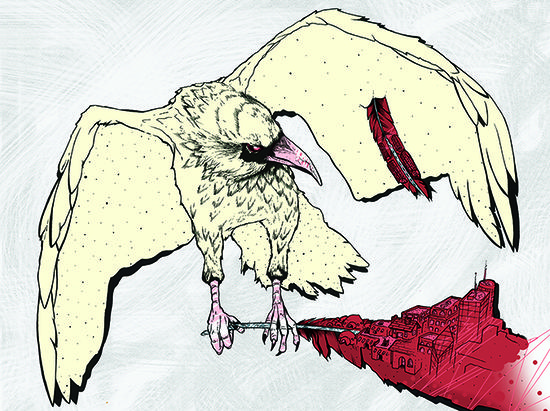SFI Innovation Short Course 2016 - Faculty 2016
From Santa Fe Institute Events Wiki
| Education Event Navigation |

Eric Henderson, DNA Origami
Iowa State University, Professor of Genetics, Development, and Cell Biology
Eric teaches, promotes and practices rule breaking (when appropriate), fearlessness, and entrepreneurship in all facets of life. He has been involved in several companies including: Bio Force Nanosciences, Inc., (biotech); Aspera Corp (biotech); Creodyne, llc (tech development); Bumblefunk Music (media); Hello Holdings (Griffle, GriffleGames, Griffle TV; media); eMoJoCo, llc (art and media)
Eric is always looking for challenges and opportunities to work with young entrepreneurs. On the side Eric is a performing musician, fiction writer, tinkerer, and gadget freak. Henderson's laboratory takes an enormously multidisciplinary approach to the study of the interface between biology and nanotechnology (or, more generally, life and technology). This area of inquiry can be labeled either bionanotechnology or synthetic biology. The label is of no importance. What is important is that 3.6 billion years of biological evolution has resulted a vast library of deeply tested pathways to addressing the dreams of nanotechnology. Theur challenge is to understand and, in a practical fashion, transfer these insights to the emerging field of bionanotechnology.
Henderson's research team has developed a complex, multidimensional mechanical system made out of DNA for testing molecular bonds and detecting molecular species. They have also developed enhancements to the process of DNA origami that expand the opportunity space for DNA-based nanosystems substantially. Additional ongoing projects involve “shape-shifting” DNA nanodevices and computational methods for generating the tools required to fully exploit the potential of DNA-based nanosystems.

Jessica Flack, How digital technology affects human social networks
Santa Fe Institute, Resident Faculty
Flack's research focuses on coarse-graining and collective computation in nature and their role in the evolution and development of new levels of biological and social organization and kinds of individuality. In other words, the origins of biological space-time.

